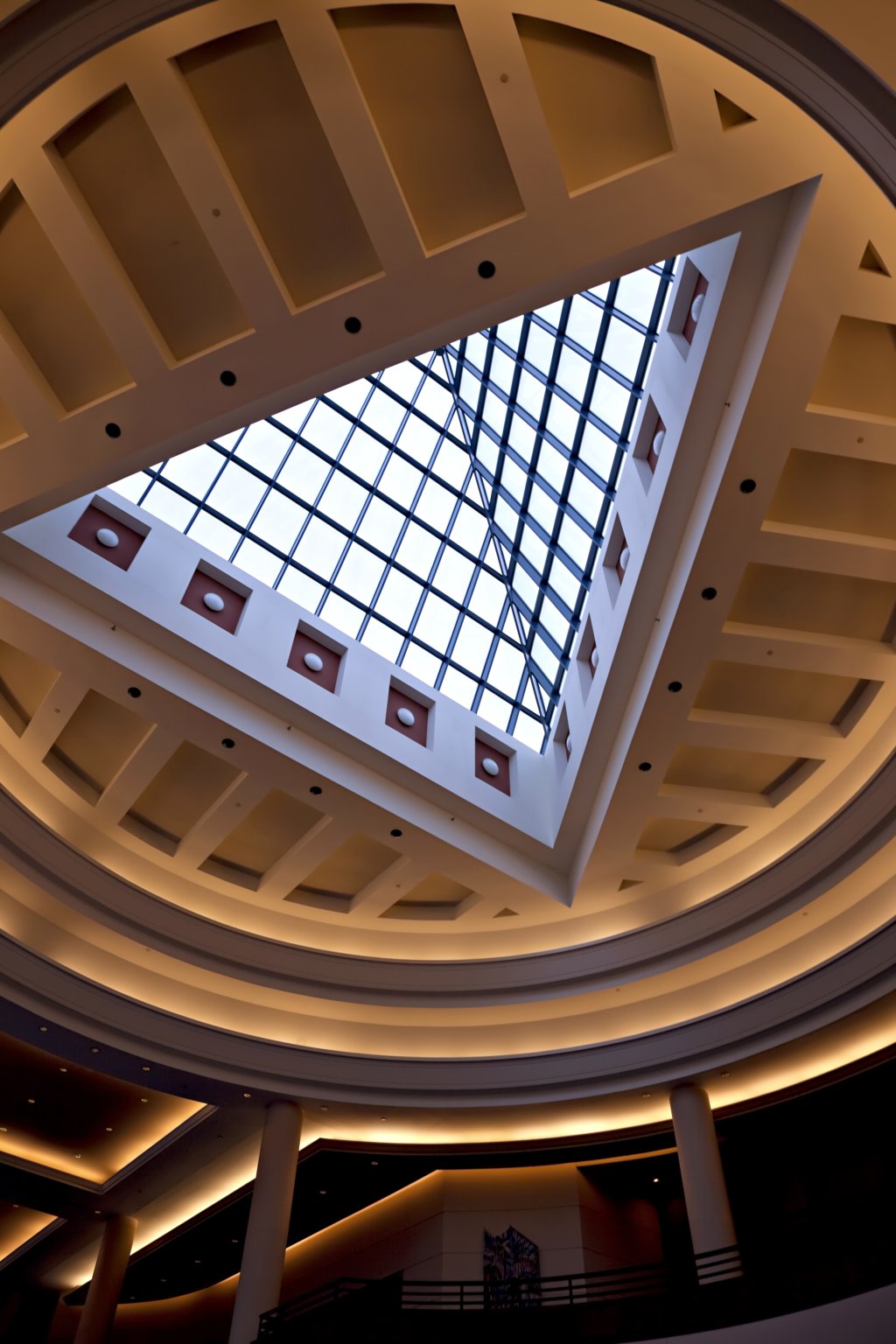In the first post in this series, we discussed what cast acrylic is. Extruded acrylic is a very similar product, so it is the logical choice to tackle next. With many similar properties to cast acrylic, but with a slightly lower price tag, extruded acrylic may be the solution you have been looking for, and Piedmont Plastics is ready to help you use it well.
How Extruded Acrylic Is Made
Acrylic is a transparent, strong polymer made when a monomer and a catalyst have a chemical reaction. It makes a good replacement for glass that is lighter weight and stronger. It’s also clearer than glass and more UV resistant. Extruded acrylic is a type of acrylic made when the heated liquid polymer is fed, or extruded, through a series of rollers that add texture and gauge until it forms into a sheet.
Benefits of Extruded Acrylic
Like cast acrylic, extruded acrylic has several benefits to consider. One is the cost. Extrusion is faster and easier than casting, lowering the overall cost of extruded acrylic sheets. If budget is a major concern, this might be the acrylic sheet for your needs.
Like cast acrylic, extruded has excellent optical properties, with optical clarity clearer than glass but at a much lighter weight. This clarity means it easily replaces glass for almost any application, and extruded acrylic is far more impact resistant than glass. It also resists electrical current and UV radiation well.
Extruded acrylic has a lower melting point than cast acrylic. This makes it thermoformable, which can be a benefit in creating your final product. Extruded sheet bends and molds well, because it is more malleable than cast acrylic, so you can more easily form it into the shape you want. It also bonds and flame polishes well. This makes your final product more durable because small surface scratches can be polished or buffed away.
Finally, extruded acrylic has a more consistent thickness across each sheet. The extrusion process creates more dimensional stability, making the thickness more uniform. This production process also reduces the risk of dirt, lint, or other particles from contaminating the acrylic.
Limitations of Extruded Acrylic
The primary limitation of extruded acrylic is its thickness. It is limited in thickness due to the extrusion process, and super thick sheets are not possible with this acrylic. This means it does not work as well as cast acrylic for security or bullet-resistant applications.
Common Applications of Extruded Acrylic
Extruded acrylic sheet works well in many applications where the end product demands UV resistance, strength, and clarity, including these:
- Building and construction
- Glazing
- Point of sale displays
- Exhibit and trade show displays
- Electrical applications
- Skylights
- Advertising displays
- Transit shelters
- Food processing and handling
- Framing
- Recreation
- Signage
- Transportation
If you feel that extruded acrylic would be a good fit for your project, reach out to the team at Piedmont Plastics. Our sales professionals will help you find the right extruded acrylic sheet to meet the demands of your application.
